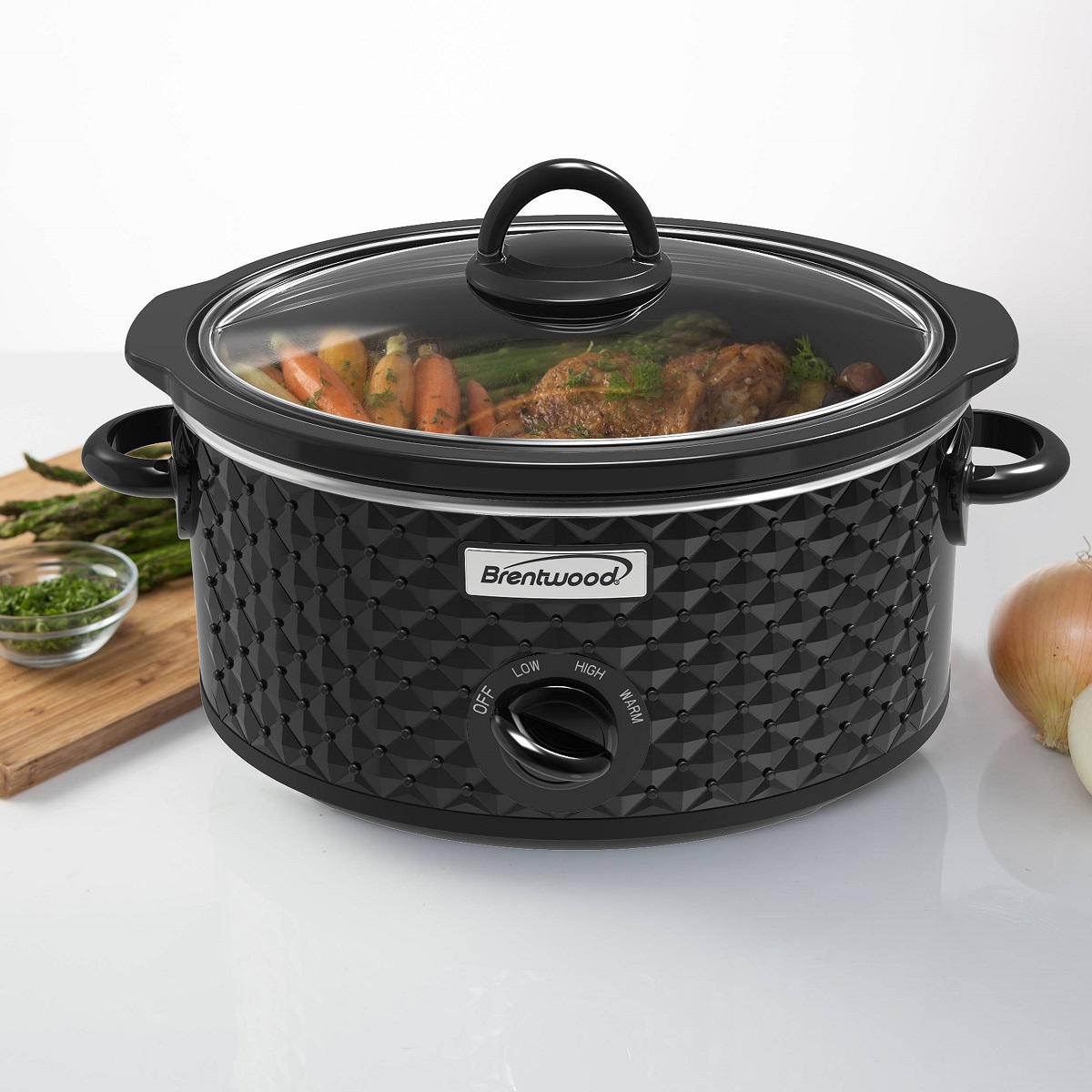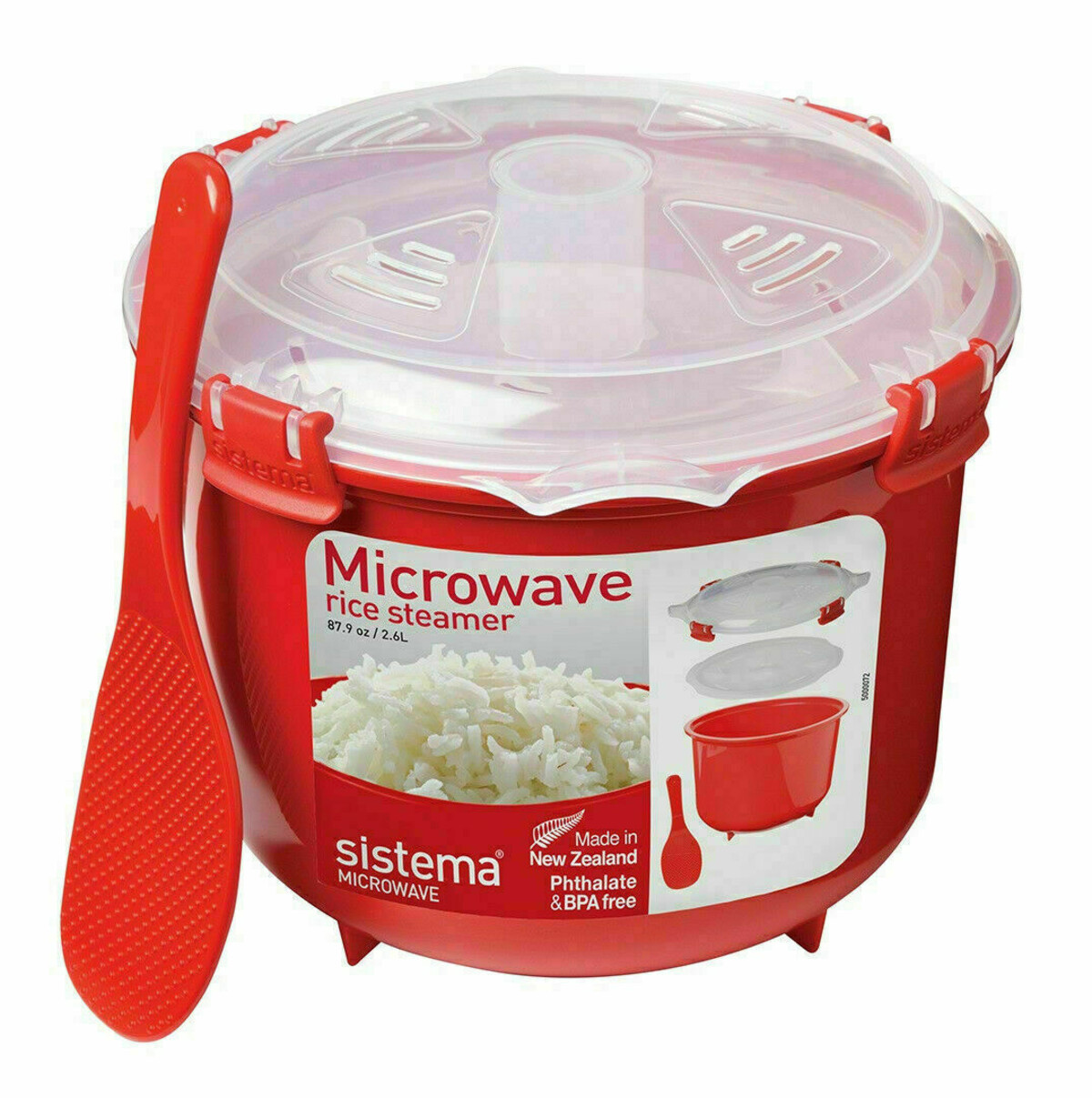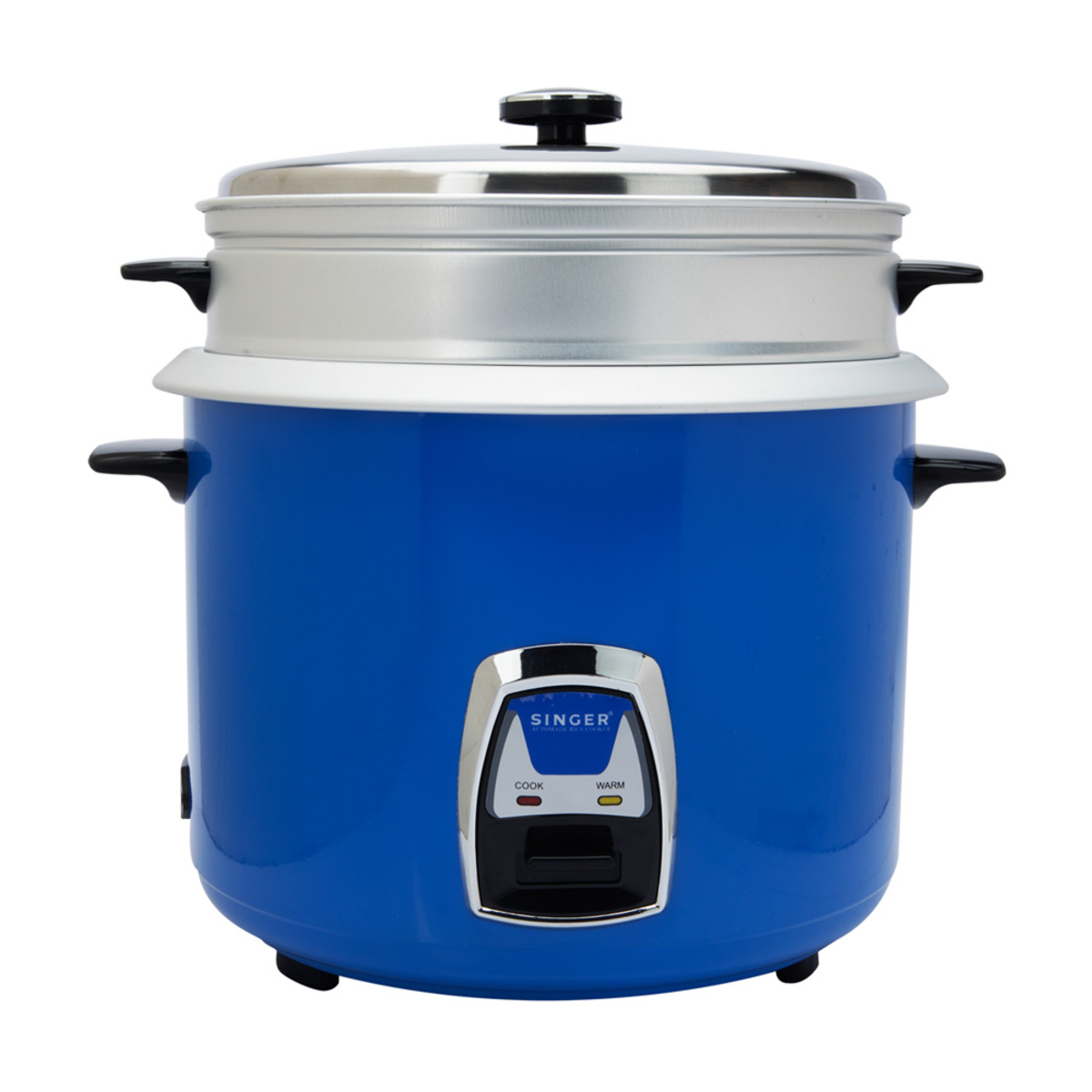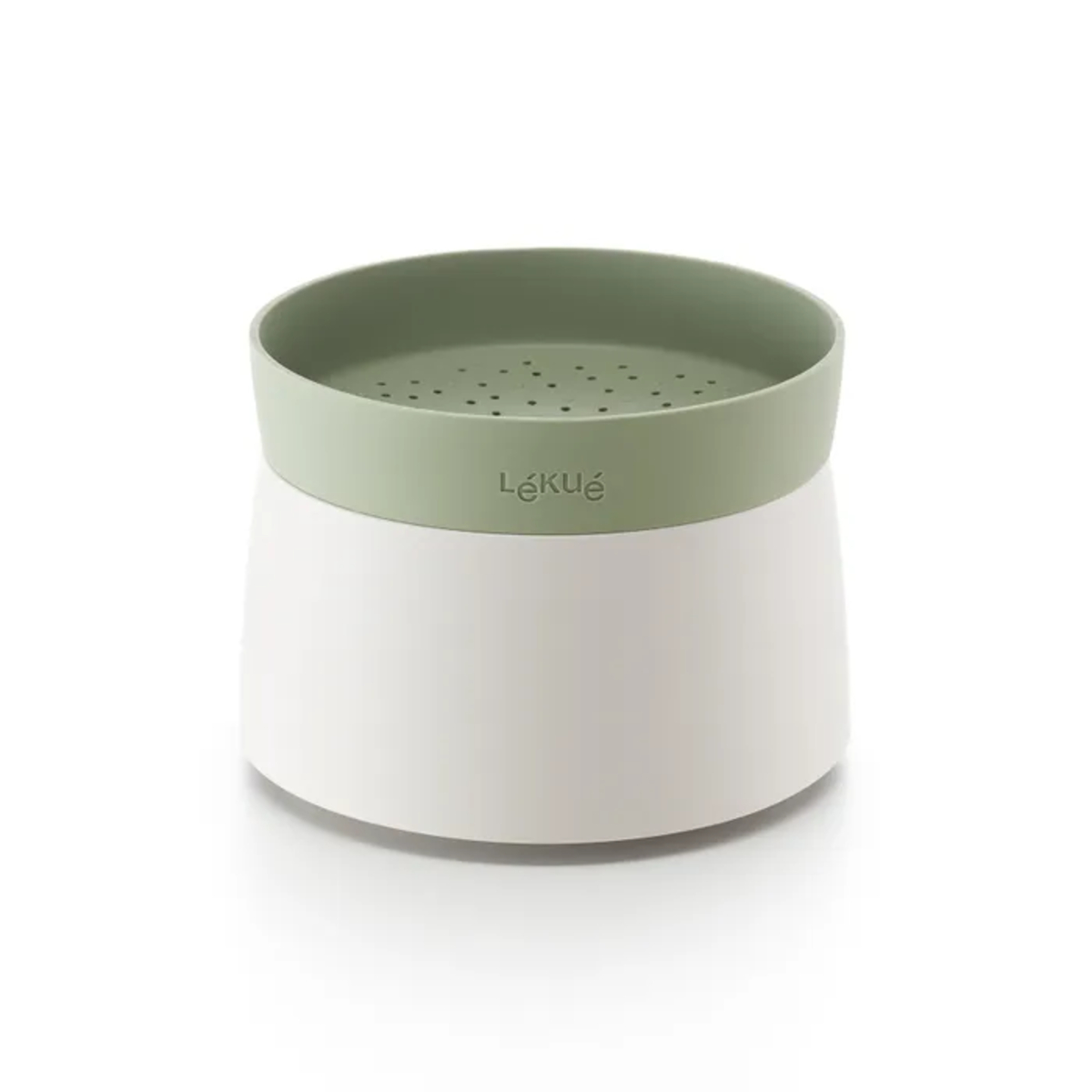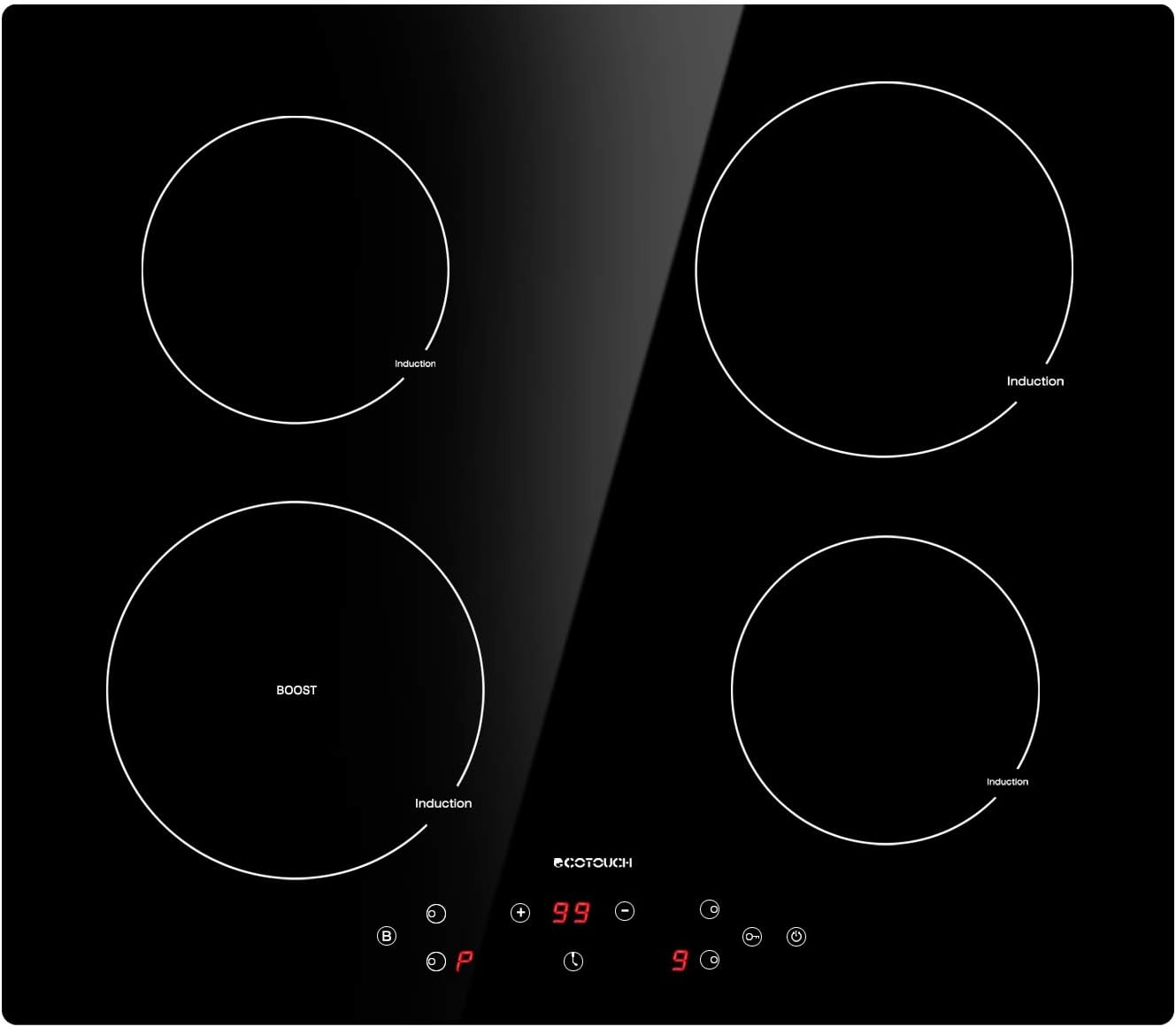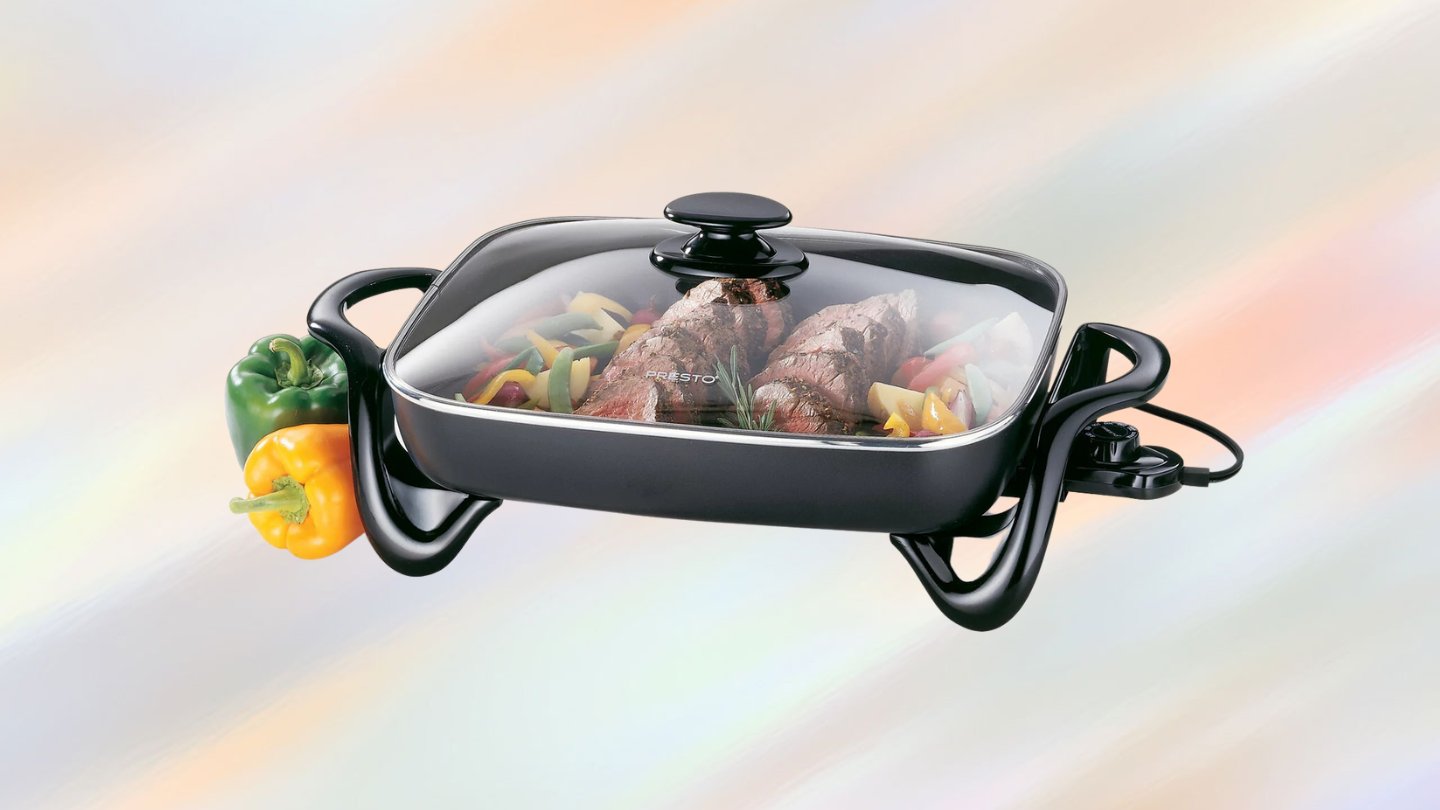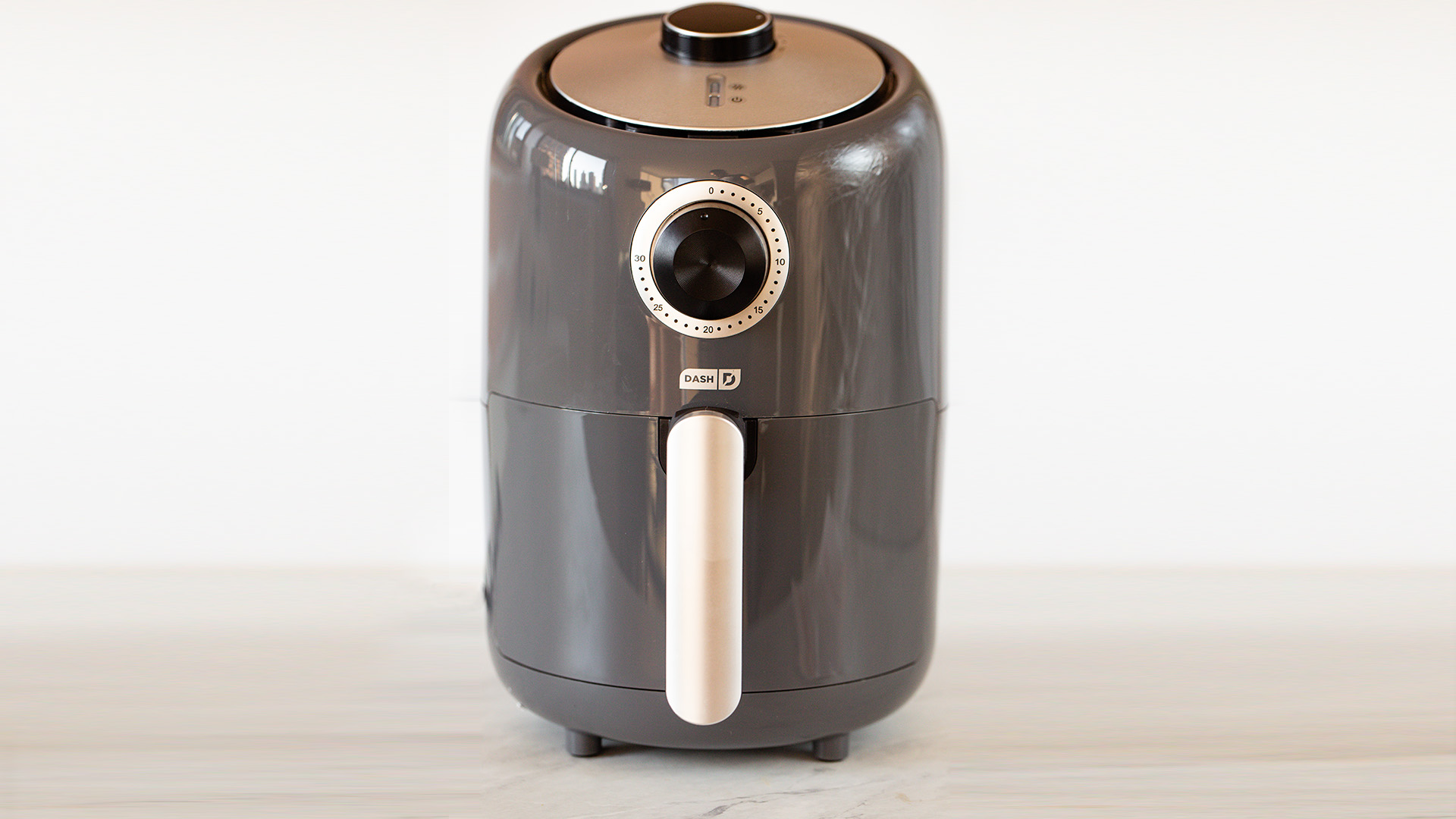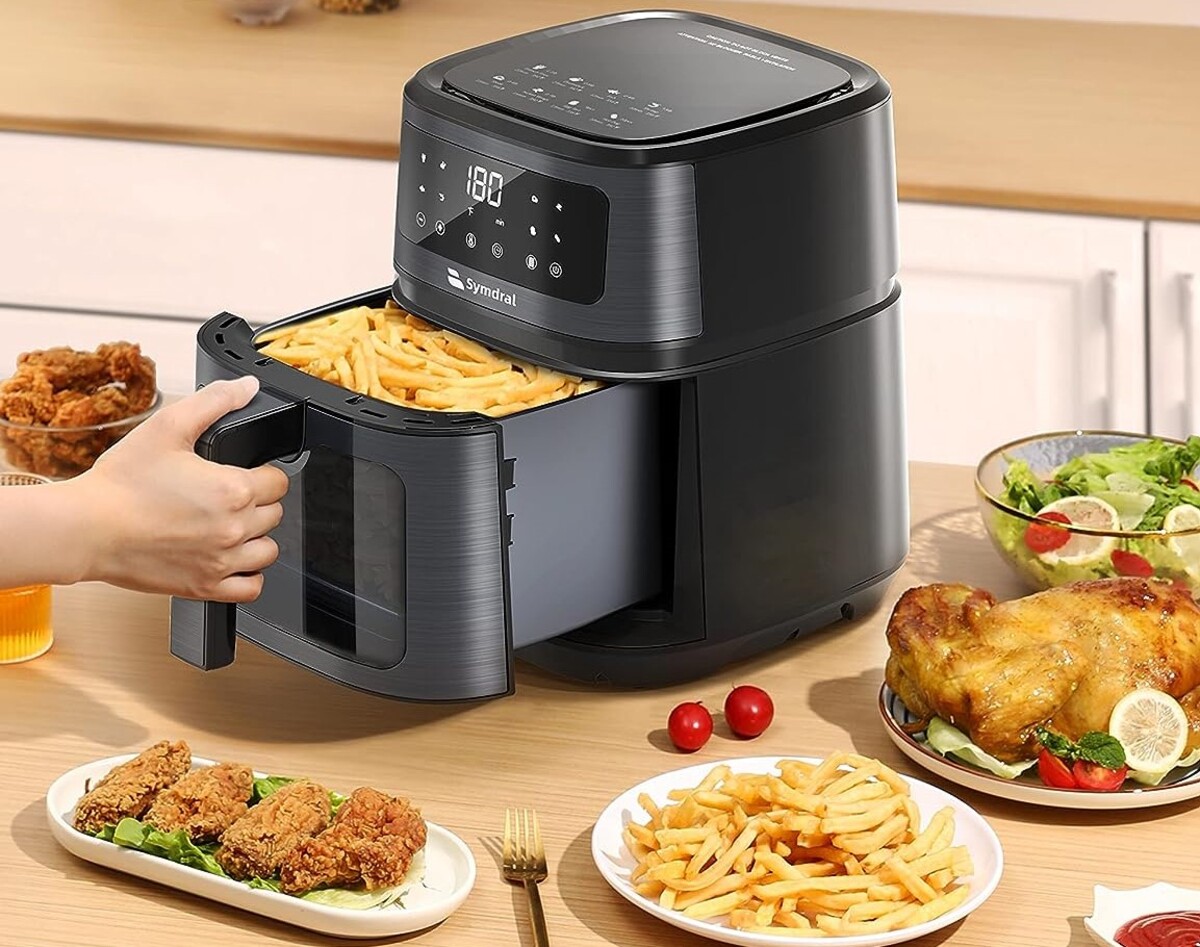Home> Convenient Cooking
Convenient Cooking: Quick Recipes for Busy Professionals
Discover Convenient Cooking made easy. Explore speedy recipes, handy tools, and simple strategies to amp up your culinary skills in no time.
10 Amazing Presto 06852 16-Inch Electric Skillet With Glass Cover for 2024
By: Ethan Hayes • Articles
